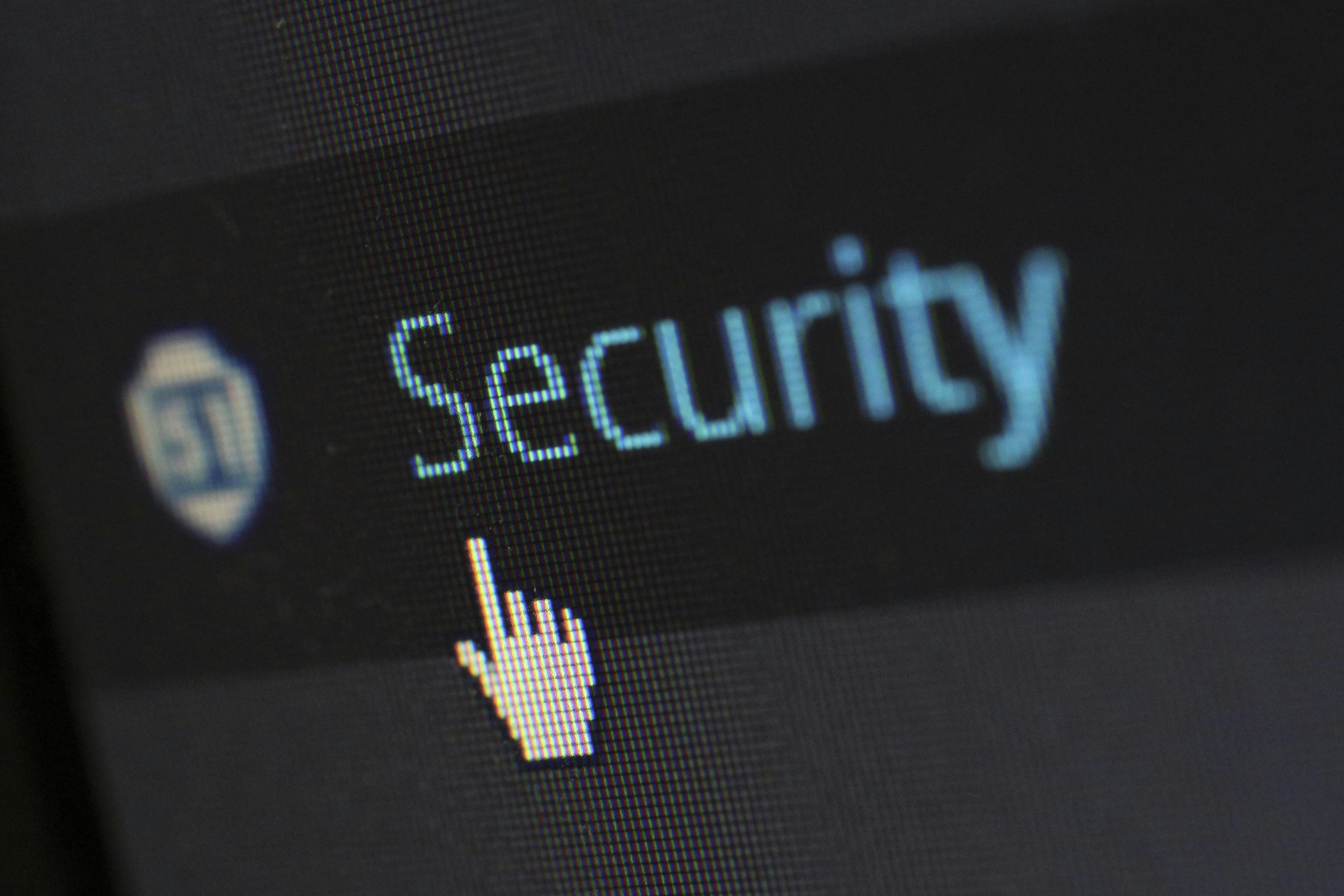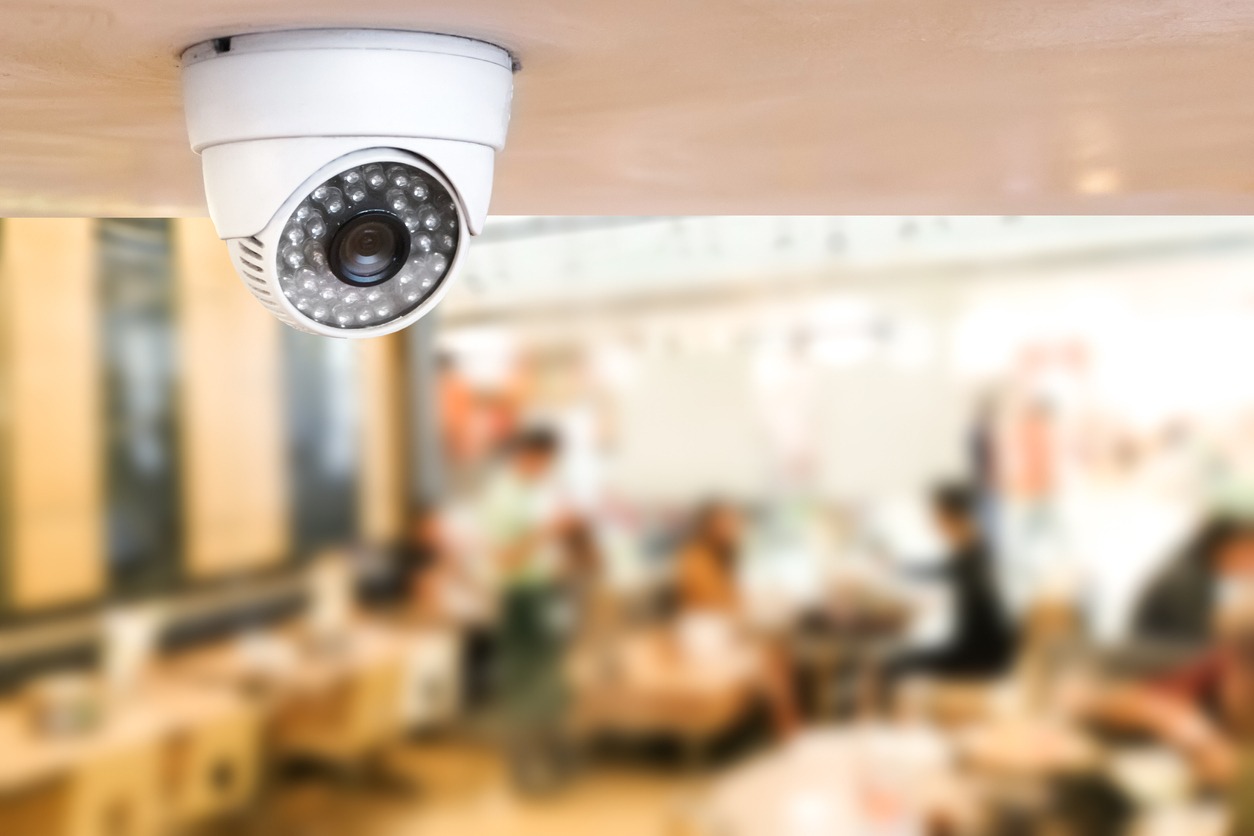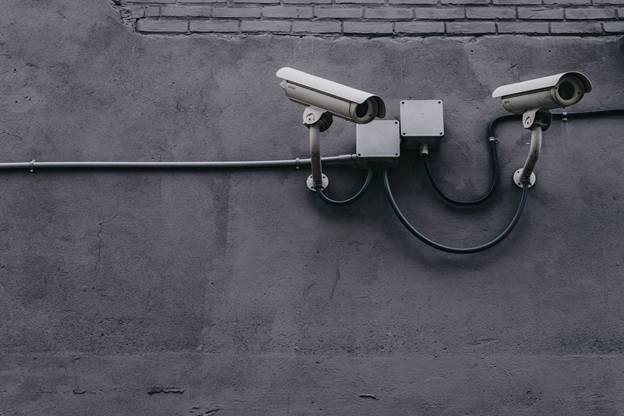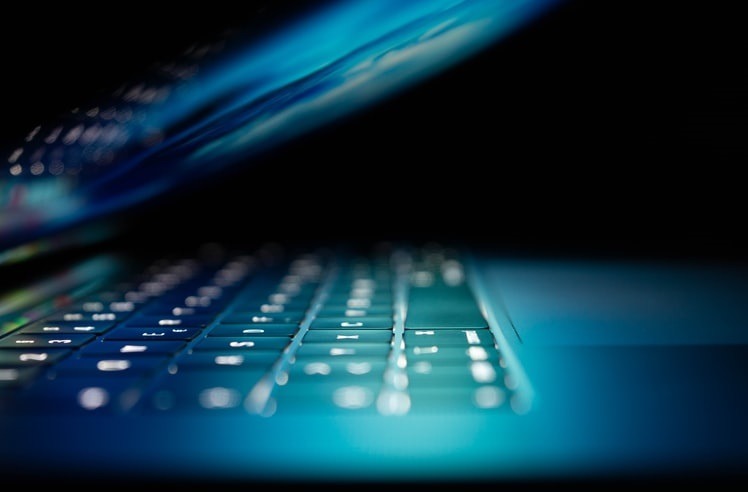How Commercial Security Systems Prevent Insider Threats

Introduction
When addressing workplace security, many businesses focus on external threats like burglaries or cyberattacks. However, one of the most significant risks often originates much closer to home—insider threats. Whether intentional or accidental, actions by trusted employees, contractors, or vendors can lead to substantial financial and reputational damage.
Recent statistics highlight the severity of this issue. A 2023 report by Ponemon Institute revealed that insider threats have increased by 44% in the past two years, costing businesses an average of £12.2 million annually.
Danielle from ProSecure says “This blog will cover what insider threats are, how commercial security systems can help mitigate them, and the steps businesses can take to effectively secure their physical and digital environments.”
Understanding Insider Threats
What Are Insider Threats?
An insider threat occurs when someone within an organisation misuses their authorised access or privileges to harm the business. This can include stealing sensitive data, damaging systems, or leaking confidential information.
Types of Insider Threats
- Malicious Insiders
Individuals who knowingly violate company policies for personal gain or to harm the organisation. For example, an employee stealing trade secrets to sell to a competitor.
- Negligent Insiders
Employees whose carelessness or lack of awareness compromises security. Examples could include unwittingly clicking on phishing emails or failing to follow proper data-handling protocols.
- Compromised Insiders
These are employees whose credentials have been stolen and manipulated by external attackers. The insider might not even realise their account is being used maliciously.
Motivations Behind Insider Threats
Insider threats arise for a variety of reasons, such as financial gain, personal grudges, or coercion by third parties. Understanding these motivations is critical for identifying vulnerabilities within your business.
Key Components of Commercial Security Systems
Investing in a robust security system is a proactive way to mitigate insider threats. Here are some core components every business should consider.
1. Access Control Systems
Access control solutions restrict access to sensitive areas or information, ensuring that only authorised personnel gain entry. Examples include key card systems, biometric scanners, or secure PIN codes.
2. Surveillance Cameras
Modern security cameras offer essential visibility into daily activities within your premises. Features such as high-definition recording, motion detection, and night vision ensure comprehensive monitoring.
3. Real-Time Monitoring
Real-time tools detect and respond to unusual activities immediately. Remote security dashboards and alarm notifications can alert IT teams or on-site managers to suspicious activity as it happens.
4. Data Encryption Tools
Data encryption is vital for ensuring that sensitive information remains secure, even if accessed by malicious parties. Encrypting employee records, financial documents, and customer data can prevent breaches before they occur.
How Security Systems Prevent Insider Threats
Commercial security systems work as both a deterrent and a protective defence against insider risks. Here’s how.
Real-Time Monitoring Identifies Unusual Behaviour
AI-driven surveillance systems can flag unusual behaviour automatically. For instance, if an employee enters a restricted area outside working hours, the system can send an alert to designated personnel.
User Access Control Minimises Risk
By assigning customised access privileges to each employee, businesses can limit who can see or use sensitive data. For example, IT administrators can secure financial records to ensure they’re only accessible to senior management.
Data Encryption Provides an Additional Layer of Protection
Even in cases where insiders access confidential information maliciously, encryption tools render it nearly impossible to use the data outside the organisation.
Audit Trails Boost Accountability
Security systems maintain digital logs of who accessed specific areas or files and when. These logs create accountability, as employees know their actions are traceable.
Deter Malicious Activities Through Visibility
Visible security measures like cameras and biometric scanners signal to employees that unauthorised actions are unlikely to go unnoticed, discouraging ill intent.
Implementing a Security System
Where to Begin
Implementation requires collective efforts from business owners, security managers, and IT professionals. Follow these steps to ensure seamless integration.
- Conduct a Risk Assessment
Evaluate which areas of your business are most vulnerable to insider risk. Identify critical assets, restricted areas, and potentially sensitive data.
- Choose the Right Security Solutions
Select the security tools that suit your organisational needs. Investing in reliable access control systems and AI-driven surveillance cameras is essential for most businesses.
- Set up Training and Awareness Programmes
Educate employees about insider threats and share ways to recognise and report suspicious behaviours. Training not only reduces negligence but also builds a security-aware culture.
- Run Simulated Threat Scenarios
Test the system by simulating insider threat scenarios. This helps to identify weak points and allows your team to respond better in the event of a real threat.
- Regularly Review Security Protocols
Security needs evolve. Revisiting and updating your system ensures continued alignment with new challenges and operational demands.
Future Trends in Security Systems
The future of commercial security lies in advanced technologies like AI and machine learning. Here’s how these innovations will redefine insider threat prevention.
AI-Powered Analytics
Artificial Intelligence can sift through thousands of behavioural data points to detect even the faintest anomalies. It’s an invaluable tool for spotting nuanced patterns that could indicate insider intent.
Predictive Behaviour Modelling
Machine learning actively analyses historical data and creates predictive behaviour models for your organisation. This helps pre-empt potential risks before they become actionable threats.
Biometric Advancements
Next-generation biometrics, like facial recognition and heartbeat monitoring, are making access controls more secure and less prone to compromise.
Blockchain for Data Security
Blockchain technology is becoming a powerful asset in safeguarding transactions and ensuring tamper-proof access logs.
Building a Safer Tomorrow for Your Business
Insider threats are not just potential risks; they’re active realities that can challenge even the most secure organisations. Incorporating commercial security systems is no longer optional—it's an essential investment for protecting your company’s assets, data, and reputation.
Business owners and security professionals who proactively implement these systems position themselves ahead of potential internal risks, creating a safer, more efficient workplace.
By using tools like access control, advanced surveillance, and AI-powered analytics, your organisation can ensure a higher degree of operational integrity and safety. Don't wait for an incident to take action—fortify your defences today.




